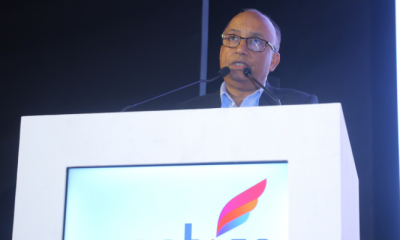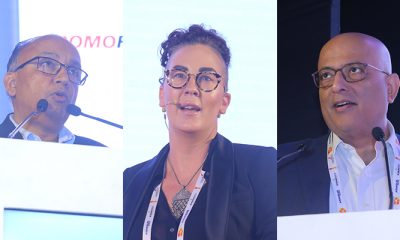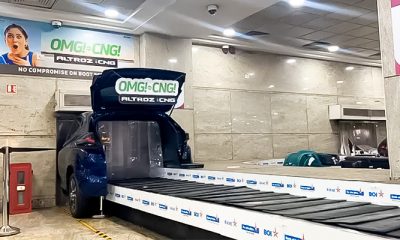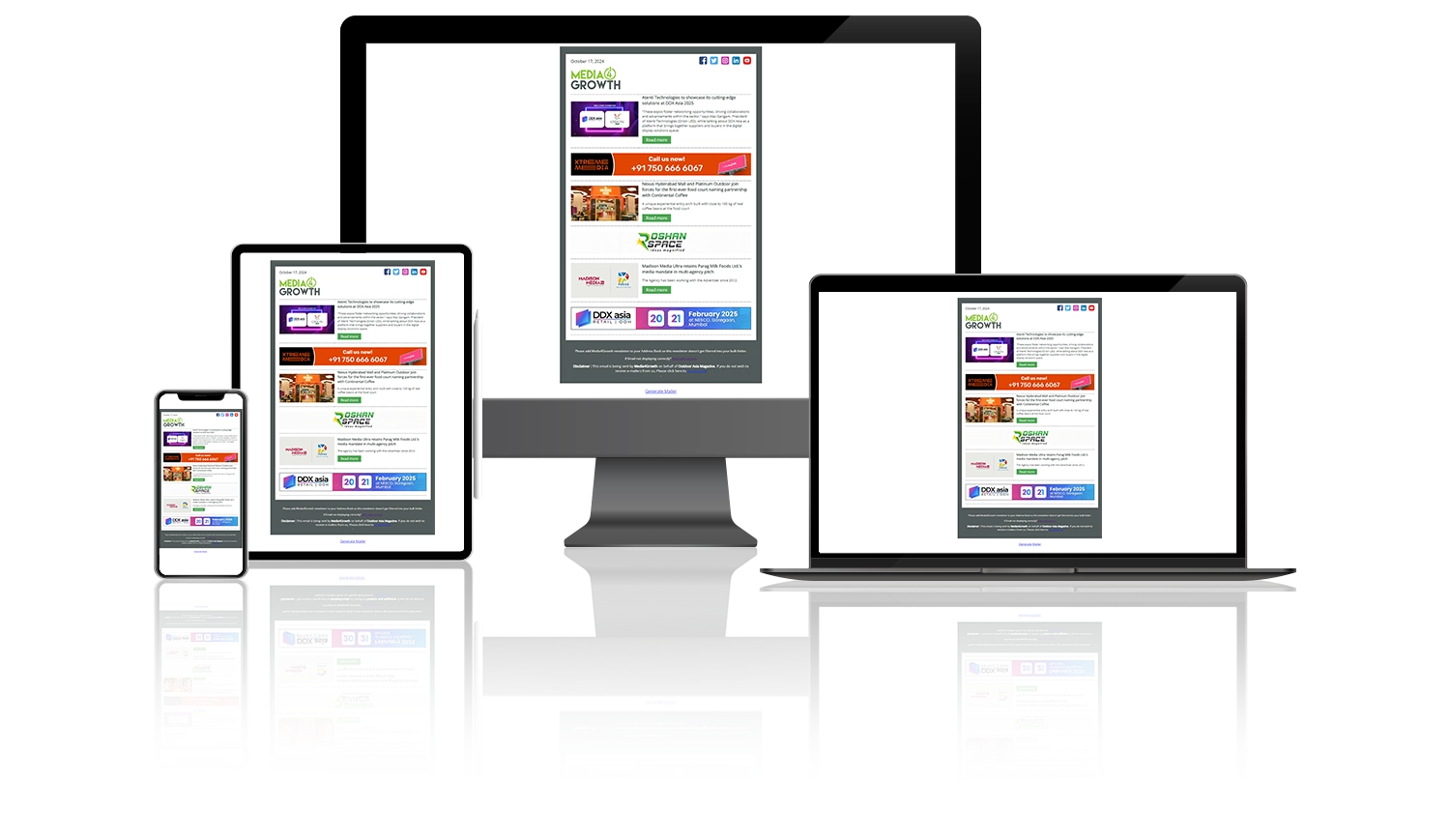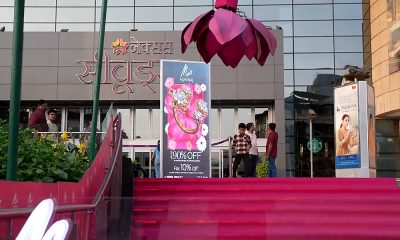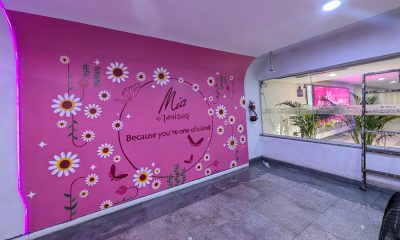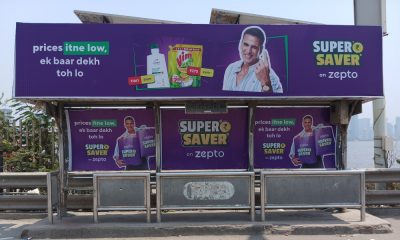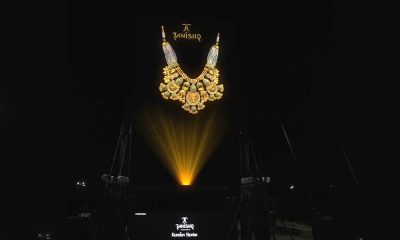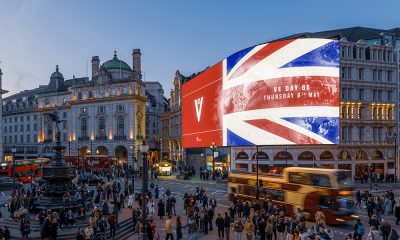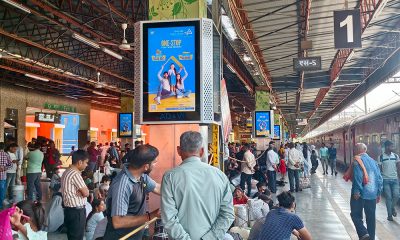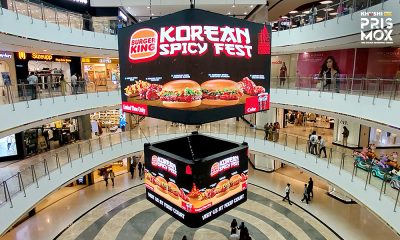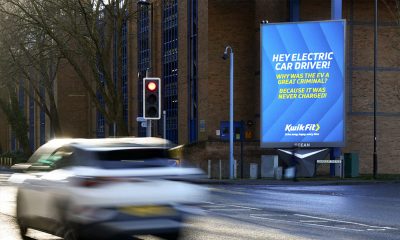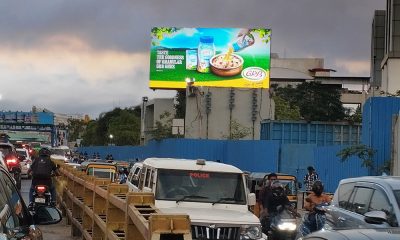Brand Insights
Honda readies for the big push
The Amaze and new City have taken it to the top of the sedan market. More launches are on the anvil, which could include another small car
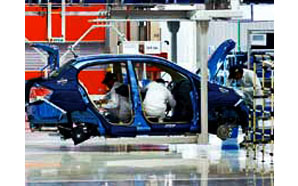 On February 24, Rajasthan Chief Minister Vasundhara Raje inaugurated the car-manufacturing facility of Honda Cars India, a subsidiary of Honda Motor Company, at Tapukara near Alwar. The factory, which cost Rs 3,520 crore, is spread over 450 acres, employs over 3,000 people and can make 120,000 cars in a year. This is Honda’s second factory in India after Greater Noida. If there is gloom in the industry, thanks to the slackness in demand, none of it was on display at Tapukara.
On February 24, Rajasthan Chief Minister Vasundhara Raje inaugurated the car-manufacturing facility of Honda Cars India, a subsidiary of Honda Motor Company, at Tapukara near Alwar. The factory, which cost Rs 3,520 crore, is spread over 450 acres, employs over 3,000 people and can make 120,000 cars in a year. This is Honda’s second factory in India after Greater Noida. If there is gloom in the industry, thanks to the slackness in demand, none of it was on display at Tapukara.
That’s because Honda sold 15,714 cars in January. It was still some distance behind the top three players – Maruti Suzuki (96,569), Hyundai India (33,405) and Mahindra & Mahindra (21,072) – but overtook two other heavyweights: Tata Motors (13,800) and Toyota (10,910). In the ten months of 2013-14, while the market shrunk 6.13 per cent to 2.04 million, Honda posted 78 per cent growth at 101,730 cars. The company is looking to close the current financial year with sales of 120,000 cars.
The party will continue for at least a few more months, because no rival has a power-packed launches scheduled. Tata Motors will launch its new hatchback, the Bolt, and entry-level sedan, the Zest, only in the second half of the next financial year. Toyota has lined up for introduction the Etios Cross and Corolla Altis over the next few months, but both are unlikely to be mass-market cars. “Honda’s target is to sell six million vehicles globally by March 2017. In India, we are looking at trebling sales to 300,000 units by that time,” says Honda Motor Corporation CEO Takanobu Ito.
For long, after it entered India (in partnership with Siddharth Shriram) in 1995, Honda was known as a one-trick pony. The City sedan was its bread and butter. The car gave Honda 70 per cent of its sale volumes. Honda was restricted to just one segment of the market. Moreover, the City came fitted with only a petrol engine. In effect, Honda had no presence in over 80 per cent of the market. That’s why its share of the market languished at just 4 to 5 per cent. Honda first attempted to enter the mass market with the Brio, a small car it developed with India in mind, in September 2011. After initial promise, its sales started to soften some months back. Industry observers say the Brio is hamstrung by the lack of a diesel option.
It finally met with success with the launch of the Amaze, a compact sedan, and more recently, the fourth-generation City. The two cars together contributed 93 per cent to the sales tally of the company in January. Honda’s dominance of the sedan segment was challenged by the Hyundai Verna and the Volkswagen Vento. The City, now reinforced with a diesel variant, has squarely taken them on. In January, it grabbed a 45 per cent share of the mid-size sedan market, way above both the Verna (24 per cent) and the Vento (8 per cent). It is priced aggressively (Rs 7.19 lakh, ex-showroom, Delhi), promises best-in-class fuel economy and rides on the City’s brand equity. At the entry level of the sedan market, the Amaze has gained traction: it sold 65,000 units in April-January 2013-14.
With plans to introduce two more cars in 2014, Honda expects to be present in half the segments of the Indian market, up from 10 per cent prior to the launch of the Amaze and new City. It will launch the Mobilo, a multi-purpose vehicle, followed by the Jazz, a premium hatchback. An earlier version of the Jazz was discontinued last year, after it failed to get volumes. The spoiler was its price (almost Rs 7 lakh, ex-showroom, Delhi). Though it was built on the City platform and used 70 per cent of its components, the reinforced hatch, which caused the rest of the body also to be beefed up, raised its price. Since the company didn’t want to sell at a loss, buyers stayed away from the car.
Apart from these two, Honda will also launch sedans and utility vehicles based on the Brio platform. “Just like the compact sedan segment, the market for compact SUVs is opening up. We are examining a lot of opportunities,” Ito adds. To fuel its aggressive growth plans, Honda wants to be present in 170 sales outlets across 107 cities by March. The company currently has 159 in 100 cities. In another year’s time, the company plans to take the total count to 230 touch points.
But given the volumes Honda is targeting, wouldn’t it make sense to introduce an entry-level compact car positioned below the Brio, possibly powered by a diesel engine in India? Company executives confirm that work is going on to develop a small car for India but decline to specify whether the new product will be positioned below the Brio. “Within Asia, India is one of the most important markets. We are focusing on developing products based on the needs here, developing these locally to meet the requirements of customers from a cost perspective,”says Yoshiyuki Matsumoto, managing officer and representative of development, purchasing and production (Asia & Oceania), Honda Motor Company.
For a price-sensitive market like India, holding the price line is the key. In the past, Honda has used the free-trade agreement between India and Thailand to import inexpensive components. Going forward, it wants to lay greater emphasis on sourcing products within India to reduce foreign exchange fluctuation risks that hit profitability and force it to raise prices at regular intervals. The plan is, evidently, for the long term.
-

 OOH Industry
OOH IndustryData-driven media buying: Lessons from Jun Sakurai on Japan’s OOH evolution
-
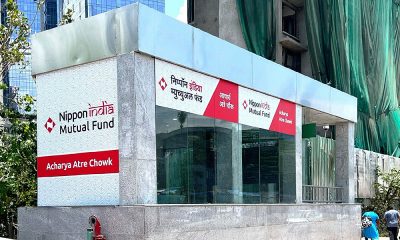
 OOH Industry
OOH IndustryNippon India Mutual Fund acquires station branding rights for Acharya Atre Station on Mumbai Metro Line 3.
-

 DOOH
DOOHMake Outdoor creative again: Tim Bleakley rallies the ad industry
-

 Planning & Buying
Planning & BuyingIt’s Spotlight takes over digital screens at CP.67 mall, Mohali

